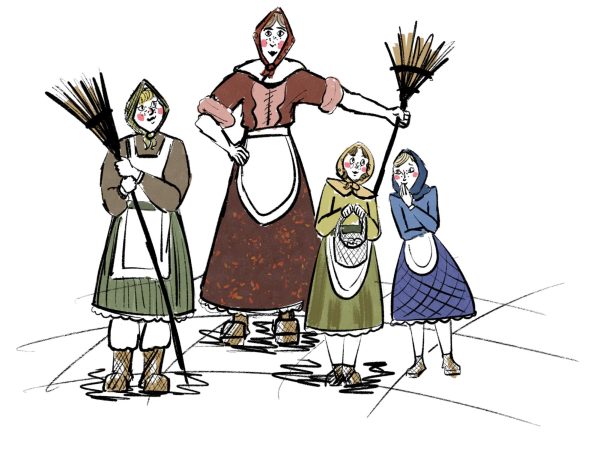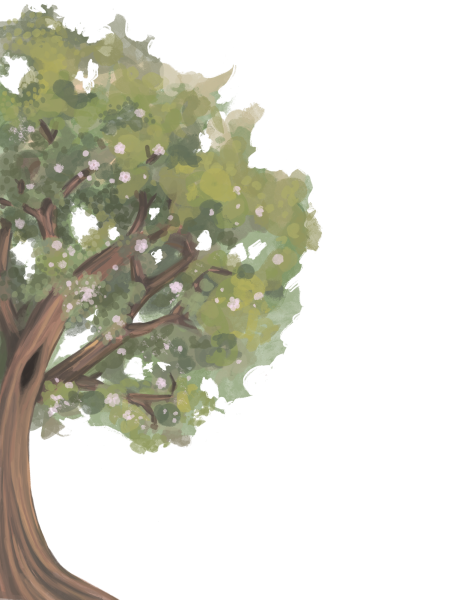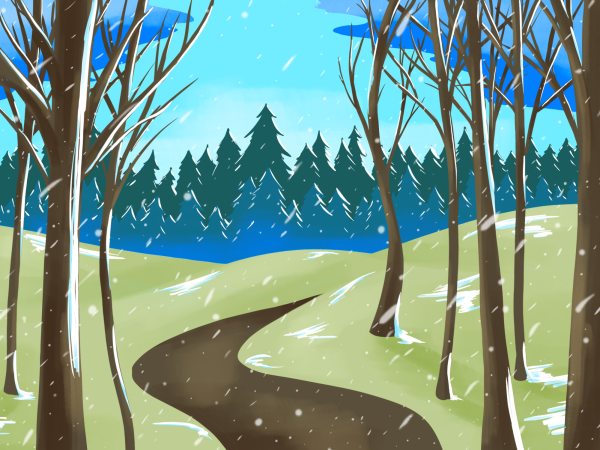An Early Spring in Minnesota: An Indicator of Climate Change
April 30, 2021
Everywhere in Minnesota and other places in the Midwest, having an early spring is a phenomenon that surprises many. Usually, the weather doesn’t reach the 50s or 60s until May. However, in recent years, spring has come early. This may seem fortunate to many Minnesotans, but the early spring could be a sign of a more disastrous future.
“I think the early spring means that weather temperatures and seasons are going to get a lot more volatile these coming years. We’ve already had some pretty crazy weather with the winter vortex,” Gabi Malaret, ‘23, said. “I think, as climate change progresses, the climate is just going to get crazier and crazier, and with the warming and rising sea levels, it’s just never going to be normal.”
Climate change is a term used to reference the changing temperatures, ecosystems and climate of the Earth. It is one of the biggest threats, if not the biggest threat, to humanity.
“More and more Minnesotans are starting to notice the effects of climate change here at home,” stated the Minnesota Pollution Control Agency. “Across the state, communities and individuals are experiencing higher temperatures, more extreme storms with intense flooding, and changes in our unique and cherished ecosystems.”
The early spring is just one of many signs of the worsening conditions of climate change. Many weather patterns have changed in Minnesota, and the state’s most recent springs have come a lot earlier than springs a hundred years ago. Winters are predicted to have an increase in snow or precipitation, and summers are predicted to get warmer.
“In the Twin Cities, annual average temperatures increased by 3.2 degrees Fahrenheit from 1951 to 2012, which was faster than both national and global rates of increase,” stated the Minnesota Pollution Control Agency. “This doesn’t seem like much, but in cities, that small increase can add up. Some parts of the cities can spike up to 9 degrees higher than other areas. On an 88 degree day, that means that temperatures in some places can rise to over 100 degrees.”
Nationally, in the past fifty years, the amount of rainfall per year has increased 5% to 10%. On the four rainiest days, the amount of rainfall has increased 35%. In Minnesota, rainfall has increased 20% between 1951 and 2012. With increased temperatures and rainfall, the land of 10,000 lakes could possibly start to flood more often, and this would only increase over time.
The changing ecosystems are also a concern. The Lone Star tick, native to Texas, has migrated to Minnesota and just keeps moving north. A bit from this tick has been known to cause Alpha-gal syndrome, which is commonly known as a red meat allergy. Climate change has changed the ecosystem, causing the Lone Star tick to be one of many creatures whose migration patterns have changed.
Climate change is seen on a regular basis by people who spend a lot of time outdoors. It is a problem that is affecting how Minnesotans live their everyday lives.
“I was on the alpine team, and we noticed the snow conditions, which started getting a lot worse a lot earlier this year,” Malaret said. “Last year in our final race, it was maybe in the 20s or 30s, and our snow condition was pretty good because it was snowing frequently. Then, this year, we got less and less snow later in the year. In the last month, month and a half of the season, instead of being in the 10s, 20s, 30s, which is pretty good ski weather, we noticed the temperatures creeping up to the forties and fifties really early, which melted what already little snow that we had. That made skiing a lot more difficult.
“Those who were state qualifiers performed pretty poorly this year because the snow conditions were so bad, and the course deteriorated a lot quicker. I specifically remember one practice where we didn’t even ski or do the course for half the practice because they had to salt and then fertilize the course to try to keep it together, which didn’t really work. Typically, at the end of the season, we would go two more weeks of practice, maybe even three if the conditions were good, but this year, the season ended a lot earlier because it was just not worth it to go out and ski. I heard the same things from people in Nordic. Some of their last races were like people skiing in mud patches.”
Climate change is an issue that affects people worldwide, and it is important to remember that it applies to everyone everywhere. Remember to recycle and reuse. Be an ally to Mother Nature.





























